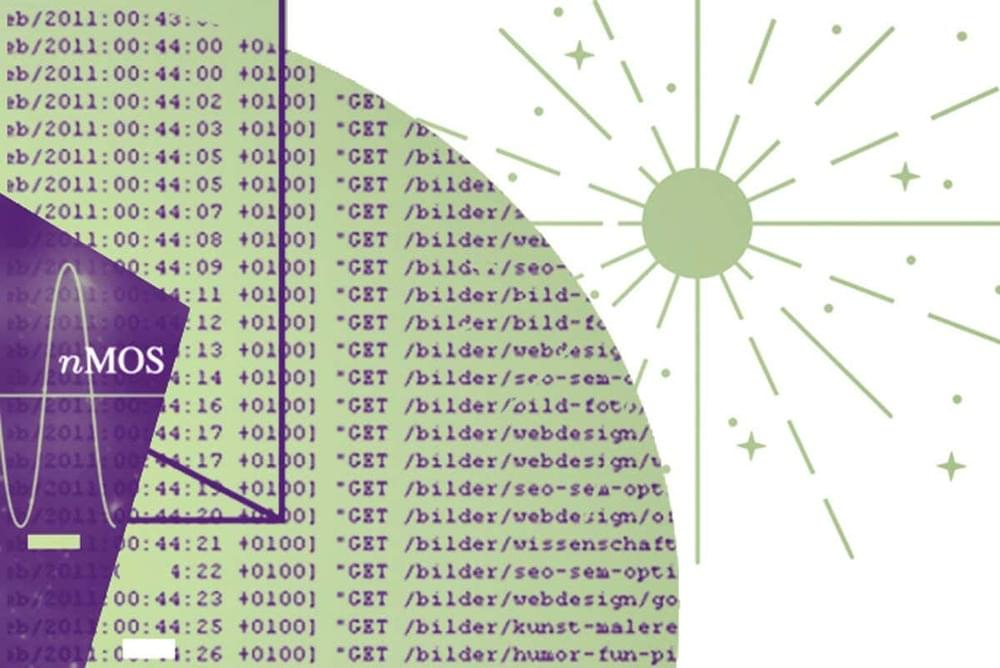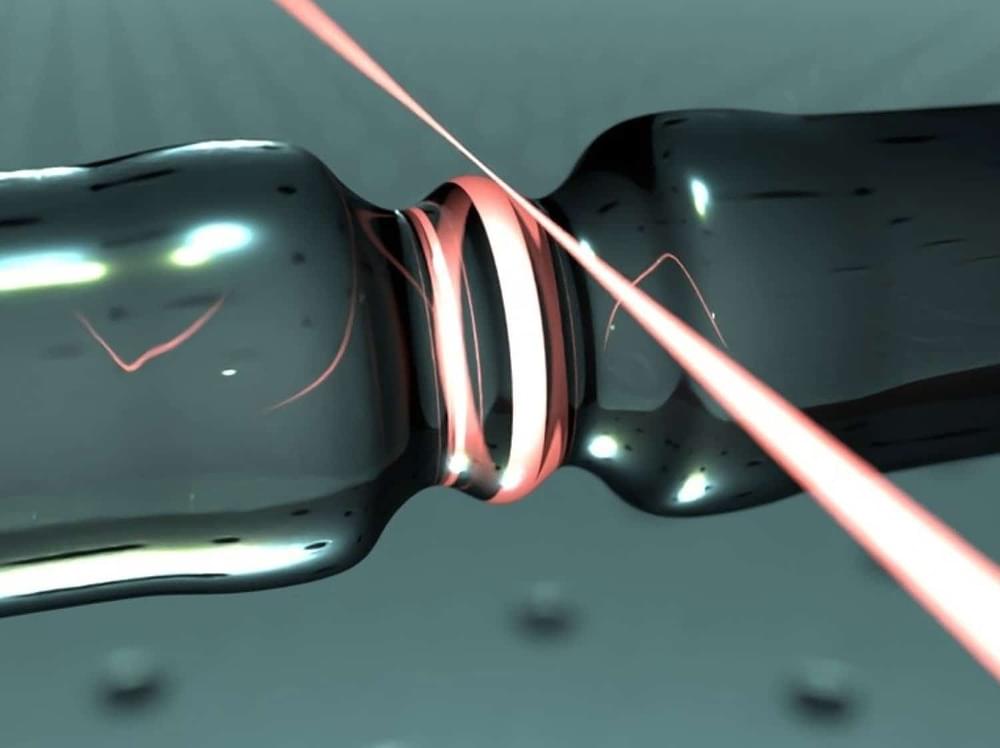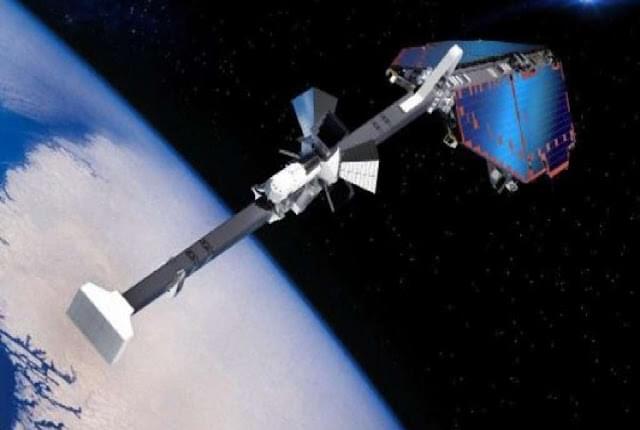The messy quantum soup of spin states allows for quantum entanglement across an entire material.




Scientists have made it possible to generate and control quantum states in different physical systems. This control allows scientists to develop powerful new quantum technologies. In addition, it offers a roadmap to test the foundations of quantum physics.
The main challenge is to create quantum states on a larger scale.
In collaboration with the University of Oxford, scientists at Imperial College London, the Niels Bohr Institute, the Max Planck Institute for the Science of Light, and Australian National University have generated and observed non-Gaussian states high-frequency sound waves comprising more than a trillion atoms. Certainly, they transformed a randomly fluctuating sound field in thermal equilibrium to a pattern thrumming with a more specific magnitude.

EK®, the leading computer cooling solutions provider, is proud to unveil its Special Edition high-performance GPU water blocks for the NVIDIA® GeForce® RTX™ 3,070 Ti Founders Edition graphics card. The EK-Quantum Vector FE RTX 3,070 Ti D-RGB comes in two versions – Silver and Black, both featuring the aluminum outer shell and backplate in the same color, as well as the Plexi window and terminal illuminated with addressable D-RGB LEDs.
This water block comes with multiple ports, allowing great versatility. The performance is one of the key elements of the design, which is why this block features a 30% larger fin area compared to other water blocks from the Vector family.



The wildly inventive physicist John Wheeler was an early explorer of this notion. In a 1989 paper, “Information, Physics, Quantum: The Search for Links,” Wheeler takes a stab at “the age-old question: How come existence?” The answer, he speculates, might come from a fusion of physics and information theory. The former traffics in “its,” or physical things, and the latter in “bits,” defined as answers to yes-or-no questions.
Wheeler proposes that “every physical quantity, every it, derives its ultimate significance from bits, binary yes-or-no indications, a conclusion which we epitomize in the phrase, it from bit.” Noting the crucial role of measurement in the outcome of quantum experiments, Wheeler suggests that we live in a “participatory universe,” in which we bring the world into existence, and vice versa.
Picking up on Wheeler’s ideas, physicist Carlo Rovelli argues in a 1996 paper, “Relational Quantum Mechanics,” that quantum mechanics undermines “naive realism,” the notion that science discovers a reality that exists independently of our observation of it. He proposes what he calls a “relational” interpretation of quantum mechanics, which says things only exist in relation to other things. Rovelli notes that Galileo and Kant, among others, anticipated the relational perspective.


Novel theorem demonstrates convolutional neural networks can always be trained on quantum computers, overcoming threat of ‘barren plateaus’ in optimization problems.
Convolutional neural networks running on quantum computers have generated significant buzz for their potential to analyze quantum data better than classical computers can. While a fundamental solvability problem known as “barren plateaus” has limited the application of these neural networks for large data sets, new research overcomes that Achilles heel with a rigorous proof that guarantees scalability.
“The way you construct a quantum neural network can lead to a barren plateau—or not,” said Marco Cerezo, coauthor of the paper titled “Absence of Barren Plateaus in Quantum Convolutional Neural Networks,” published recently by a Los Alamos National Laboratory team in Physical Review X. Cerezo is a physicist specializing in quantum computing 0, quantum machine learning, and quantum information at Los Alamos. “We proved the absence of barren plateaus for a special type of quantum neural network. Our work provides trainability guarantees for this architecture, meaning that one can generically train its parameters.”
